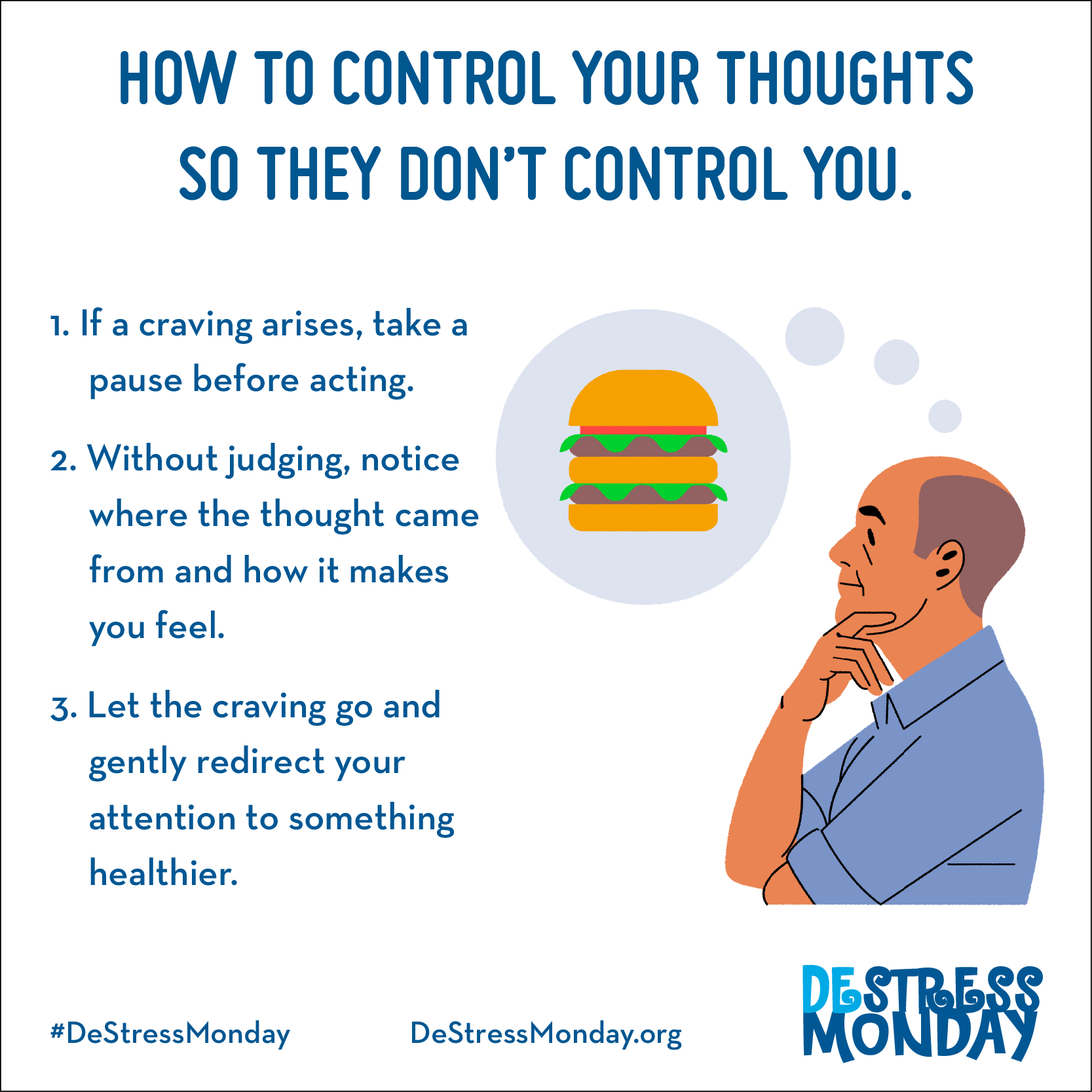How to Use Mindful Attention to Focus on Positive Behavior Change
Managing chronic diseases such as obesity, cardiovascular disease, and type 2 diabetes requires a combination of healthy eating, exercise, and, in many cases, medication, but juggling all of these needs can be difficult, stressful, and mentally exhausting. Therefore, when dealing with chronic disease prevention, you need to focus on both the body and the mind.
Using meditation and mindfulness is a proven way to increase self-regulatory behavior and detach from sources of stress and negativity. Techniques such as breathing control and self-awareness have been used for centuries, but modern science has also confirmed their effectiveness in improving focus, mental fortitude, and behavior change. Once you learn these practices, you can apply them in almost any setting, environment, or situation to quickly relieve stress and stay on track.
Mindful attention sounds complex, but the practice is actually quite simple to implement and can dramatically improve your ability to control impulses. The core principle behind mindful attention is being able to accept any thought or feeling as fleeting and impermanent. Once you can separate yourself from negative thoughts, there’s little you can’t accomplish.
How to Practice Mindful Attention for Self-Control
- Observe your thoughts as they arise without trying to change or judge them. A number of things might come to mind: your upcoming dentist appointment, the argument you had with your partner, that cheeseburger you had for lunch.
- Next, think about how they make you feel. Try to be as open with yourself as possible and really consider the emotions that strike you. You may feel excitement or glee or sadness or nothing at all.
- Lastly, let the thoughts and feelings fall away. By releasing the emotions as soon as they materialize, you can detach from emotions, thoughts, and cravings, and actively decide where you want to focus your attention.
